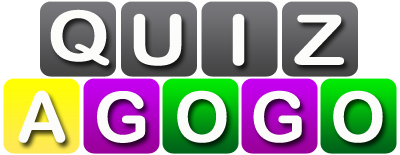This Quiz about British Warning Signs
Take the Warning Signs Test!
This test with common British warning signs may tell you whether you are ready to take the actual DVSA examination. Signs are from the official publication “Know Your Traffic Signs” available at highwaycodeuk.co.uk
Before you attempt the test, ensure you can get these warning signs right.
The following quick cheat sheet with common traffic signs can also help you study for your driving licence exam.
